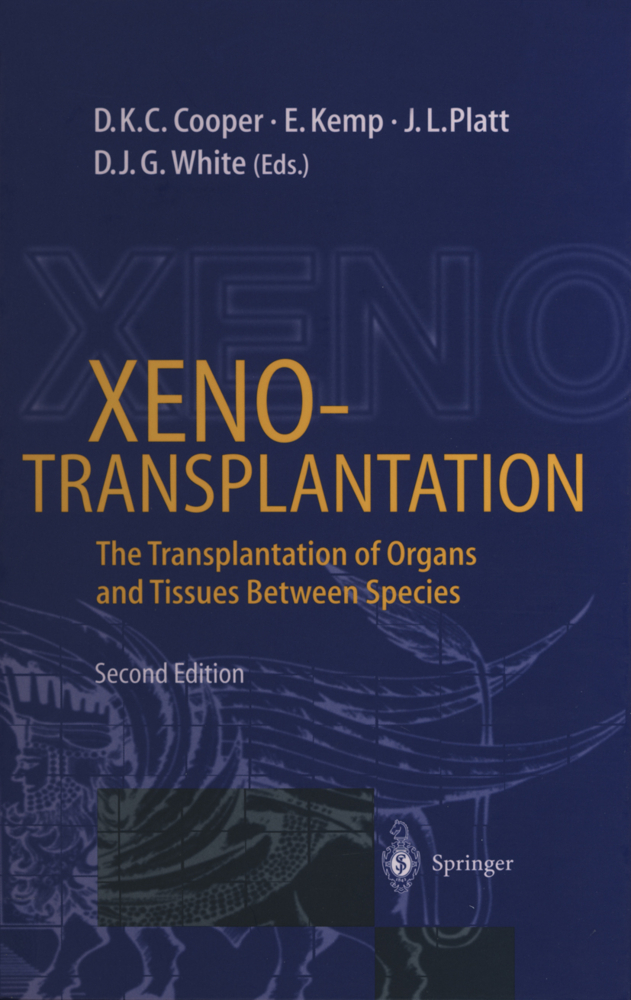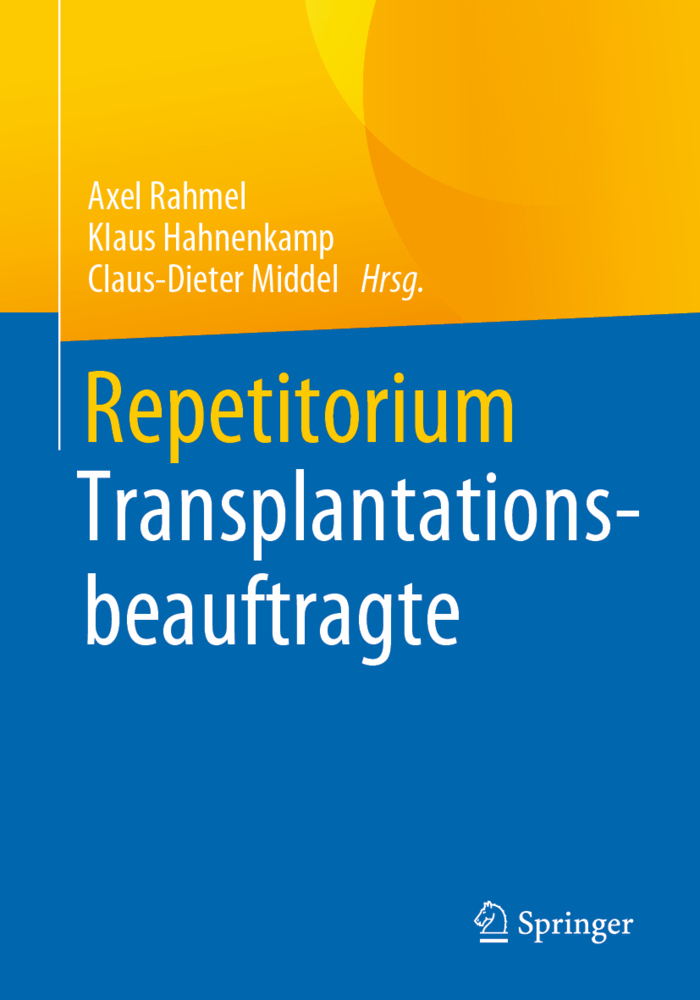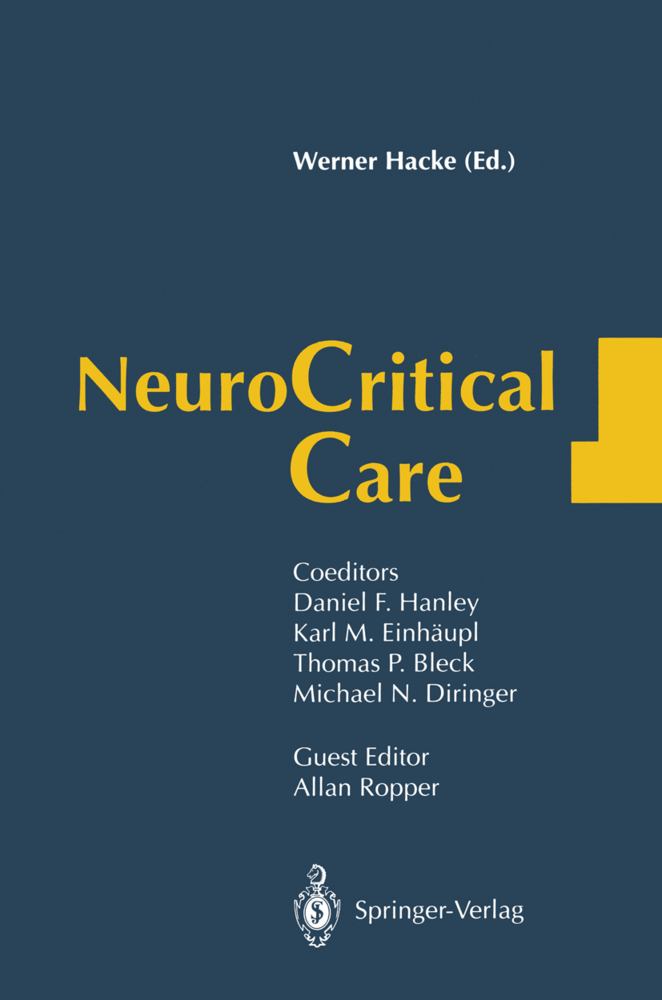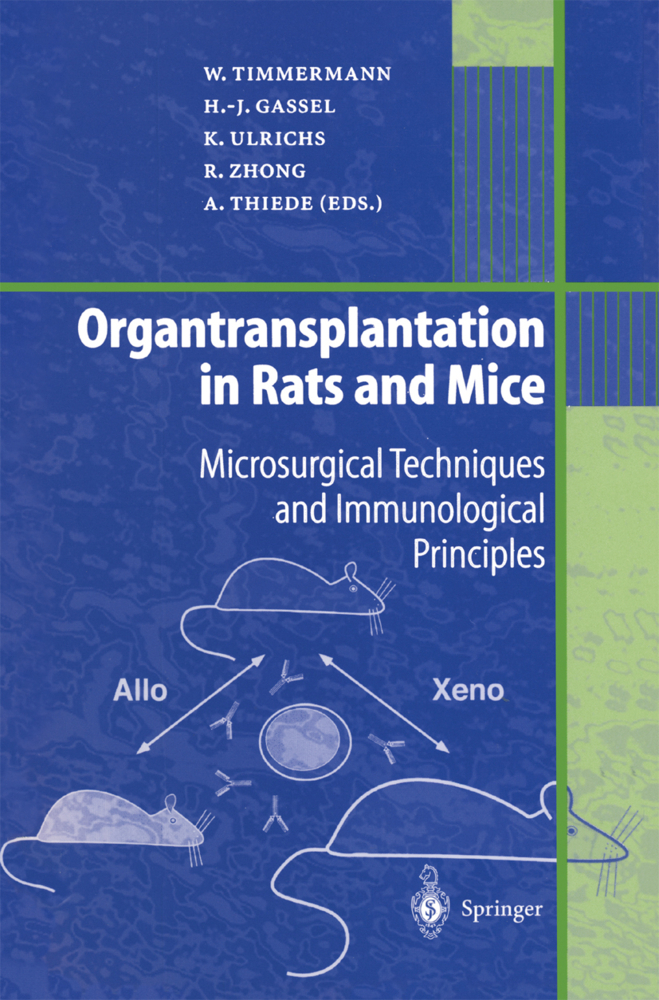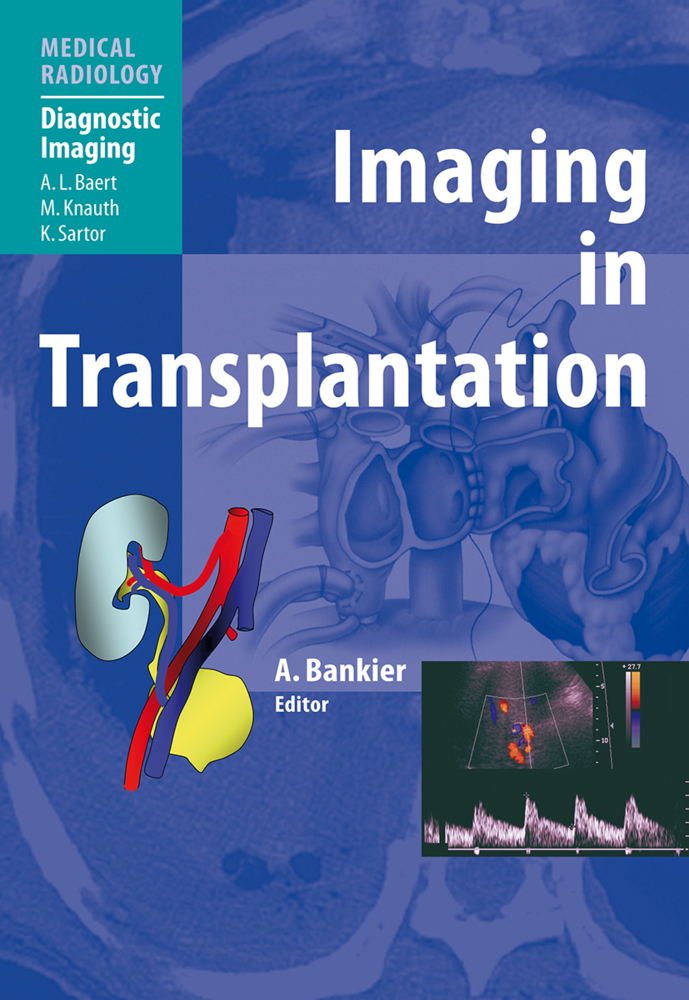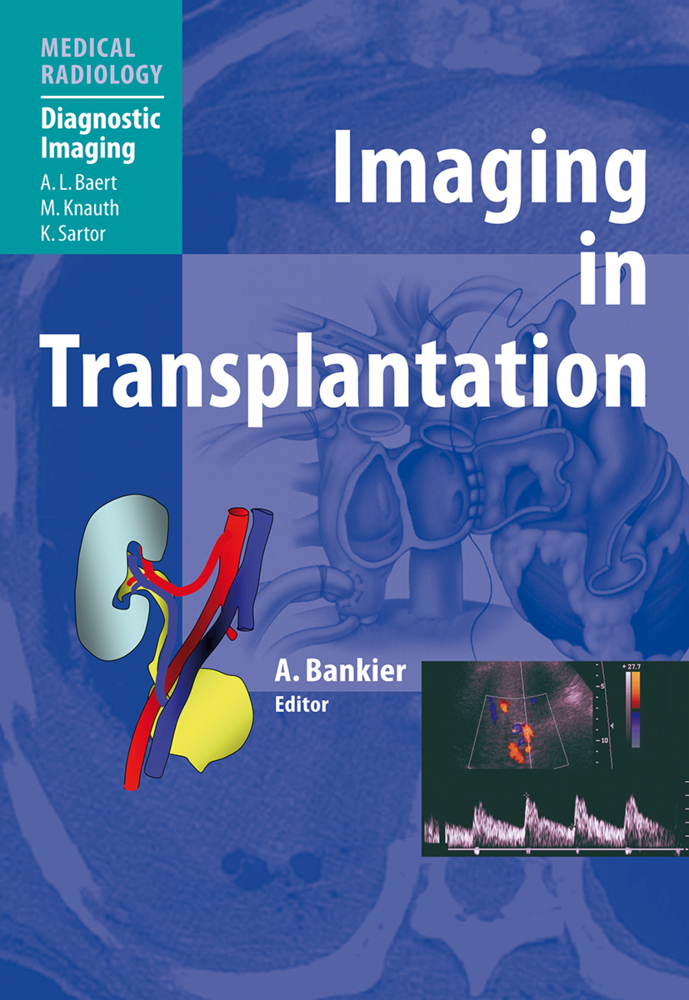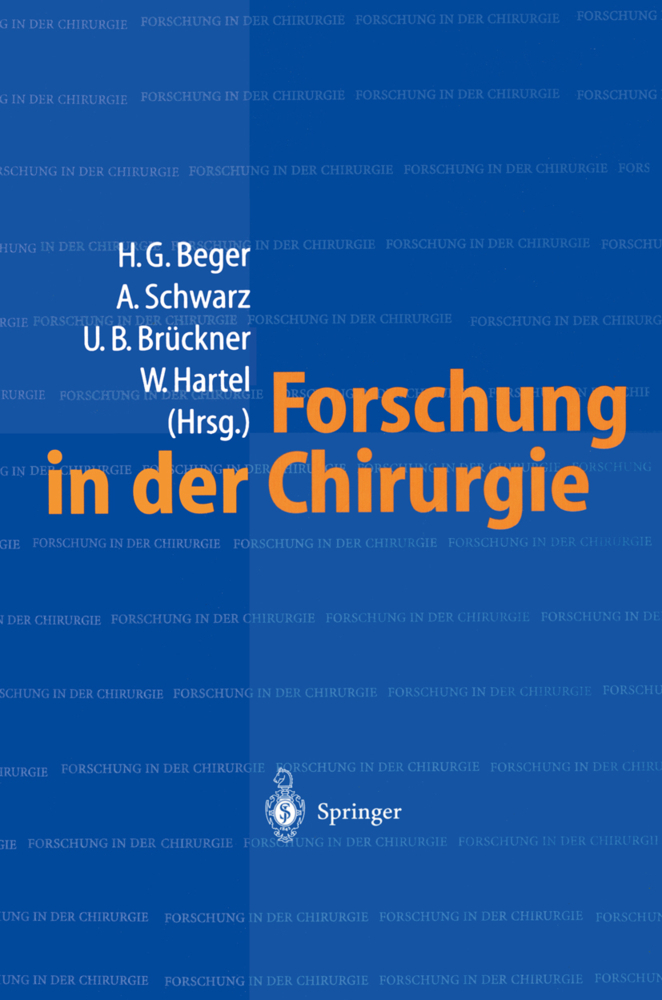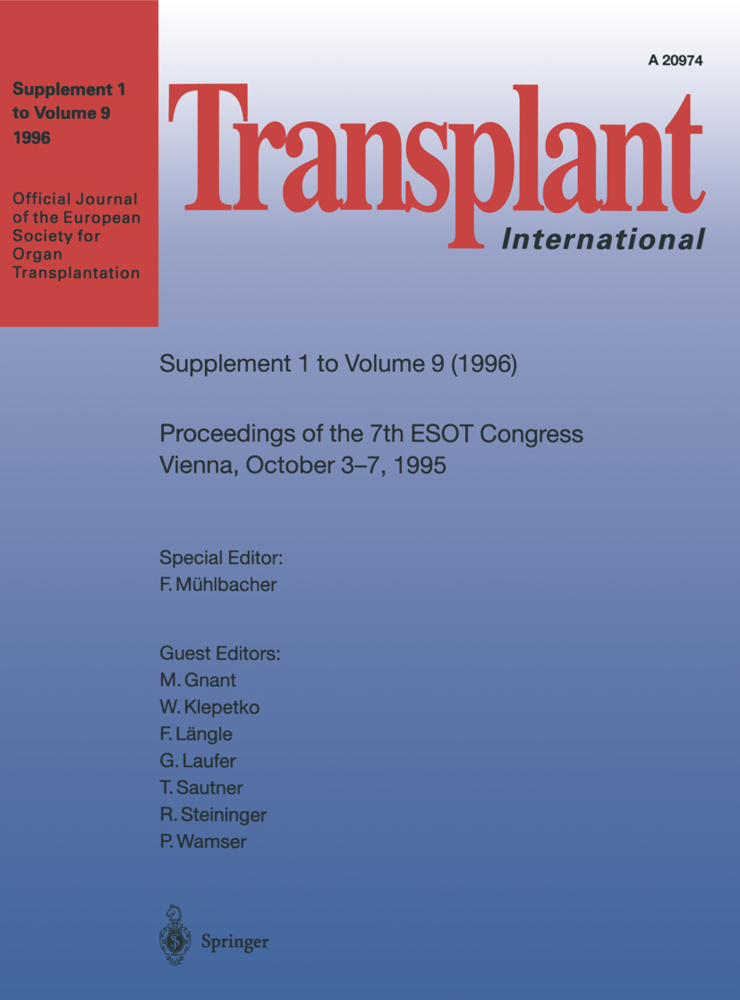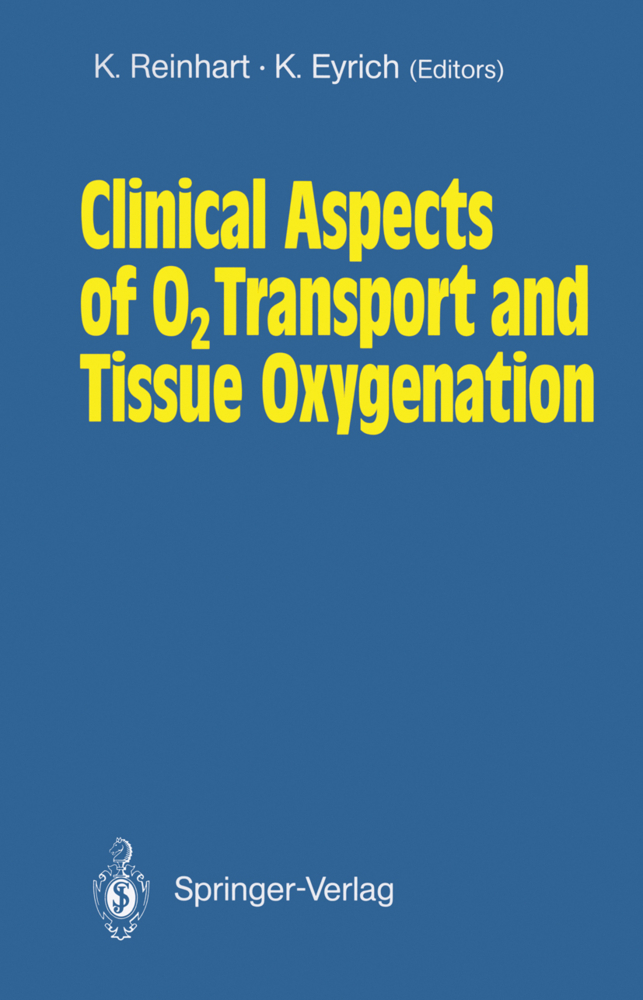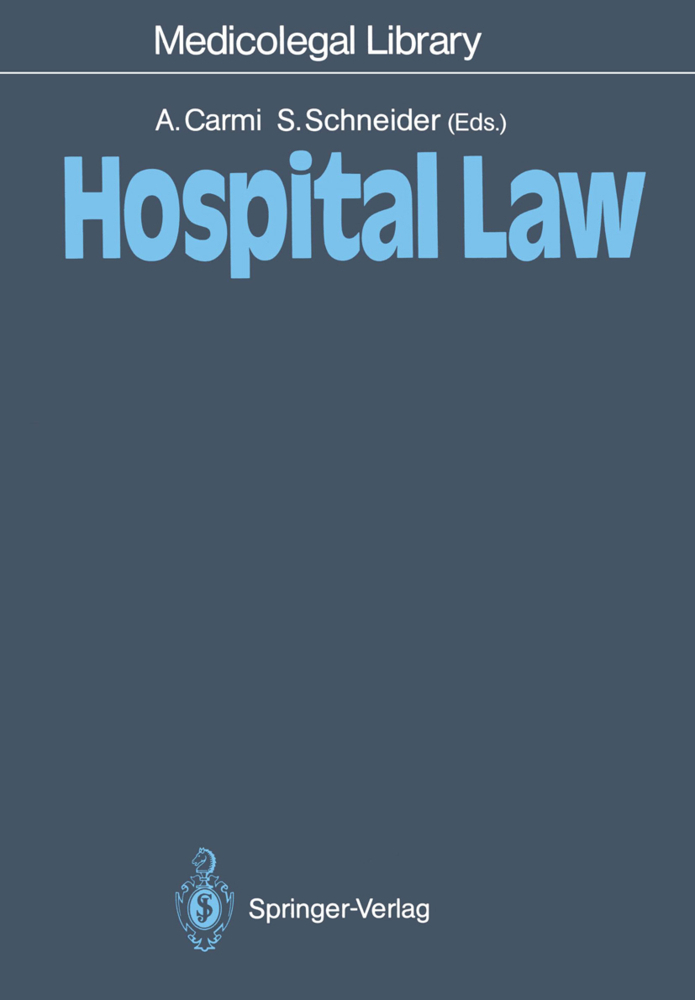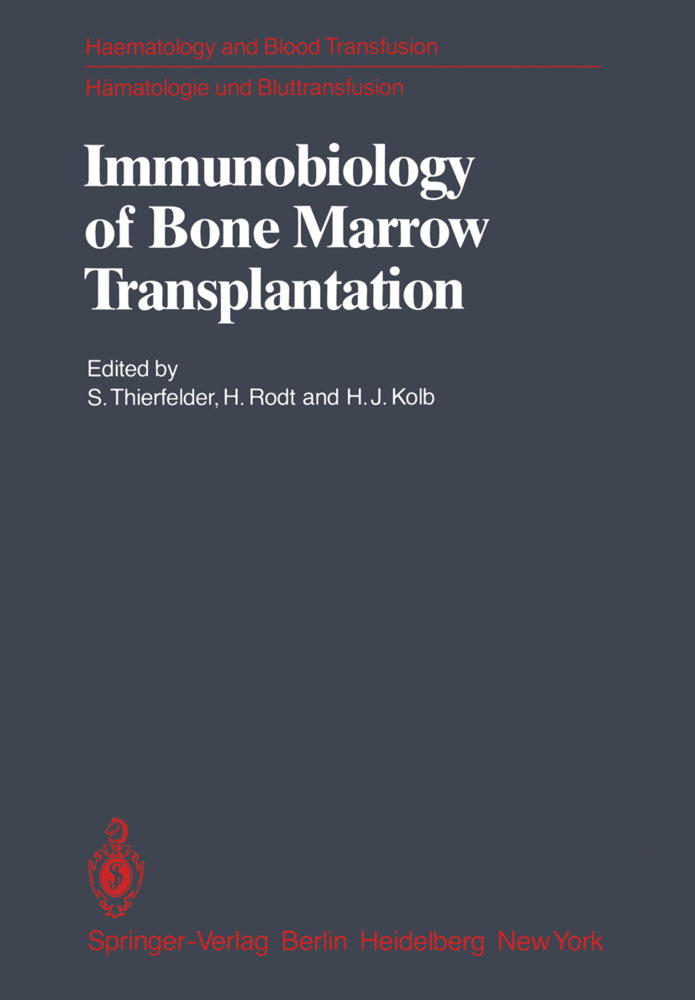Xenotransplantation
The Transplantation of Organs and Tissues Between Species
Xenotransplantation
The Transplantation of Organs and Tissues Between Species
This is a time ofexcitement and progress in the field ofxenotransplantation. The work described in this book traces the development of the science of cross-spe cies transplantation, summarizes the current state ofour knowledge, and focuses on approaches directed toward future clinical application. The important question is not whether xenotransplantation will succeed, but rather how and under what circumstances xenografts will provide predictable enough results to warrant clinical application. The fact that the best results to date in clinical xenografting were achieved over three decades ago should not be a matter of discouragement, but rather a stimulus to apply new approaches to this area of work. The shortage of human organs for transplantation is cited frequently as the driving force behind the increased interest in xenotransplantation. This shortage is an undeniable fact, but there are additional potential advantages of xenotrans plantation, such as the ability to schedule replacement surgery on an elective basis and the modification of animals, organs, and tissues to improve acceptabil ity in the human host. The advances in the basic science ofxenotransplantation outlined in this book give hope that the immunologic barriers to xenotransplantation will be overcome and that transplanted organs and tissues will succeed consistently in humans. However, if our experience with human allografts provides an analogy, we may anticipate that clinical progress in xenografts will be plagued by failures and rewarded by successes, often without a complete understanding of the mechan isms involved.
II Immunobiology of Xenograft Rejection
2 Hyperacute Xenograft Rejection
3 Role of Natural Antibody-Antigen Interactions in Xenotransplantation
4 Major Carbohydrate Xenotransplantation Antigens
5 Natural Antibody Polymorphism and Anti-Gal?1-3Gal Antibodies
6 Role of Complement in Xenograft Rejection
7 Genetic Control of Humoral Responses to Xenografts
8 Mechanisms of Delayed Xenograft Rejection
9 Anti-?galactosyl (Anti-Gal) Antibody Damage Beyond Hyperacute Rejection
10 Human Natural Killer Cells and Natural Antibodies Recognize Overlapping Molecular Structures on Discordant Xenogeneic Endothelium
11 Hemostasis in Xenotransplantation
12 Mechanisms of Cellular Xenograft Rejection
13 Human T Cell Response to Porcine Tissues
14 Cellular Interaction in Discordant Xenotransplantation
15 Immunoprivileged Sites for Alio- and Xenotransplantation
16 Immunobiology of Xenotransplantation in Rodents
III Pathology of Xenograft Rejection
17 Histopathology of Kidney Xenograft Rejection
18 Histopathology of Cardiac Xenograft Rejection
19 Mechanism of Discordant Cardiac Xenograft Rejection - An Alternative Point of View Based on Ultrastructural Observations
20 Histopathology of Liver Xenotransplantation in the Nonhuman Primate
21 Immunopathology of Discordant Xenograft Rejection
IV Experimental Xenotransplantation Between Closely Related Species
22 Experimental Concordant Kidney Xenotransplantation in Primates
23 Experimental Concordant Liver Xenotransplantation in Nonhuman Primates
24 Use of Tacrolimus (FK506) and Antimetabolites as Immunosuppressants for Xenotransplantation Across Closely Related Rodent Species
V Experimental Xenotransplantation Between Widely Disparate Species
25 Roles ofAnti-?Gal Antibody and Oligosaccharide Therapy in Xenotransplantation
26 Removal of Natural Antibodies by Immunoadsorption: Results of Experimental Studies
27 Neutralization of the Cytotoxic Effect of Anti-?Gal Antibodies with Monoclonal Anti-idiotypic Antibodies
28 Designer Tissues and Organs: Mouse to Man
29 Use of Anti-? Monoclonal Antibodies in Xenotransplantation: A Potential Approach To Overcome Vascular Rejection
30 Use of Intravenous Immunoglobulin as a Therapeutic Approach To Prevent Rejection Between Widely Disparate Species
31 Control of Complement-Mediated Tissue Damage by ?-Globulin: Application in Xenotransplantation
32 Prolongation of Discordant Xenograft Survival by Cobra Venom Factor
33 Therapeutic Effect of Soluble Complement Receptor Type I in Xenotransplantation
34 Immunobiology of Pig-to-Baboon Lung Xenotransplantation
35 Experimental Lung Xenografting: General Considerations
36 Newborn Pig-to-Baboon Cardiac Xenotransplantation: A Model of Delayed Xenograft Rejection
37 Total Lymphoid Irradiation: Immunosuppressive Therapy for Xenotransplantation
38 Xenogeneic Tolerance Through Hematopoietic Cell and Thymic Transplantation
39 Chimerism and Tolerance as an Approach to Xenotransplantation
VI Experimental Pancreatic Islet Cell Xenotransplantation
40 Introduction
41 Isolated Pancreatic Islet Xenografting
42 Recent Approaches to the Isolation of Adult Porcine Islets of Langerhans
43 Xenotransplantation of Encapsulated Pancreatic Islets
VII Pharmacologic Immunosuppression in Xenotransplantation
44 Pharmacologic Immunosuppressants in Xenotransplantation
45 Use of Brequinar Sodium To Prevent Xenograft Rejection
46 Leflunomide and the Malinonitriloamides in Xenotransplantation
VIII Genetic Engineering ofthe Xenograft Donor
47 Use of Transgenic Animals as Xenotransplant Donors
48 Engineering of Xenografts To Provide Organs for Human Transplantation
49 Effect of Transgenic Expression of Human Decay Accelerating Factor on the Inhibition of Hyperacute Rejection of Pig Organs
50 Overcoming the Anti-Gal?(1-3)Gal Reaction To Avoid Hyperacute Rejection: Molecular Genetic Approaches
51 Gal?1-3Gal Xenoepitope: Donor-Targeted Genetic Strategies
IX Aspects of Xenotransplantation in Humans
52 Evolutionary obstacles to xenotransplantation
53 Xenotransplantation and Infectious Diseases
54 Nucleic Acid-Based Discovery Techniques for Potential Xenozoonotic Pathogens
55 Comments on Ethics in Human Xenotransplantation
X Clinical Experience
56 Clinical Xenotransplantation - A Brief Review of the World Experience
57 Extracorporeal Xenogeneic Liver Perfusion for the Treatment of Hepatic Failure
58 Baboon Liver Transplantation in Humans: Clinical Experience and Principles Learned
59 Clinical Islet Xenotransplantation
60 Conceptual Scientific Development of the Xenotransplantation Project in Goteborg.
I Introduction
1 IntroductionII Immunobiology of Xenograft Rejection
2 Hyperacute Xenograft Rejection
3 Role of Natural Antibody-Antigen Interactions in Xenotransplantation
4 Major Carbohydrate Xenotransplantation Antigens
5 Natural Antibody Polymorphism and Anti-Gal?1-3Gal Antibodies
6 Role of Complement in Xenograft Rejection
7 Genetic Control of Humoral Responses to Xenografts
8 Mechanisms of Delayed Xenograft Rejection
9 Anti-?galactosyl (Anti-Gal) Antibody Damage Beyond Hyperacute Rejection
10 Human Natural Killer Cells and Natural Antibodies Recognize Overlapping Molecular Structures on Discordant Xenogeneic Endothelium
11 Hemostasis in Xenotransplantation
12 Mechanisms of Cellular Xenograft Rejection
13 Human T Cell Response to Porcine Tissues
14 Cellular Interaction in Discordant Xenotransplantation
15 Immunoprivileged Sites for Alio- and Xenotransplantation
16 Immunobiology of Xenotransplantation in Rodents
III Pathology of Xenograft Rejection
17 Histopathology of Kidney Xenograft Rejection
18 Histopathology of Cardiac Xenograft Rejection
19 Mechanism of Discordant Cardiac Xenograft Rejection - An Alternative Point of View Based on Ultrastructural Observations
20 Histopathology of Liver Xenotransplantation in the Nonhuman Primate
21 Immunopathology of Discordant Xenograft Rejection
IV Experimental Xenotransplantation Between Closely Related Species
22 Experimental Concordant Kidney Xenotransplantation in Primates
23 Experimental Concordant Liver Xenotransplantation in Nonhuman Primates
24 Use of Tacrolimus (FK506) and Antimetabolites as Immunosuppressants for Xenotransplantation Across Closely Related Rodent Species
V Experimental Xenotransplantation Between Widely Disparate Species
25 Roles ofAnti-?Gal Antibody and Oligosaccharide Therapy in Xenotransplantation
26 Removal of Natural Antibodies by Immunoadsorption: Results of Experimental Studies
27 Neutralization of the Cytotoxic Effect of Anti-?Gal Antibodies with Monoclonal Anti-idiotypic Antibodies
28 Designer Tissues and Organs: Mouse to Man
29 Use of Anti-? Monoclonal Antibodies in Xenotransplantation: A Potential Approach To Overcome Vascular Rejection
30 Use of Intravenous Immunoglobulin as a Therapeutic Approach To Prevent Rejection Between Widely Disparate Species
31 Control of Complement-Mediated Tissue Damage by ?-Globulin: Application in Xenotransplantation
32 Prolongation of Discordant Xenograft Survival by Cobra Venom Factor
33 Therapeutic Effect of Soluble Complement Receptor Type I in Xenotransplantation
34 Immunobiology of Pig-to-Baboon Lung Xenotransplantation
35 Experimental Lung Xenografting: General Considerations
36 Newborn Pig-to-Baboon Cardiac Xenotransplantation: A Model of Delayed Xenograft Rejection
37 Total Lymphoid Irradiation: Immunosuppressive Therapy for Xenotransplantation
38 Xenogeneic Tolerance Through Hematopoietic Cell and Thymic Transplantation
39 Chimerism and Tolerance as an Approach to Xenotransplantation
VI Experimental Pancreatic Islet Cell Xenotransplantation
40 Introduction
41 Isolated Pancreatic Islet Xenografting
42 Recent Approaches to the Isolation of Adult Porcine Islets of Langerhans
43 Xenotransplantation of Encapsulated Pancreatic Islets
VII Pharmacologic Immunosuppression in Xenotransplantation
44 Pharmacologic Immunosuppressants in Xenotransplantation
45 Use of Brequinar Sodium To Prevent Xenograft Rejection
46 Leflunomide and the Malinonitriloamides in Xenotransplantation
VIII Genetic Engineering ofthe Xenograft Donor
47 Use of Transgenic Animals as Xenotransplant Donors
48 Engineering of Xenografts To Provide Organs for Human Transplantation
49 Effect of Transgenic Expression of Human Decay Accelerating Factor on the Inhibition of Hyperacute Rejection of Pig Organs
50 Overcoming the Anti-Gal?(1-3)Gal Reaction To Avoid Hyperacute Rejection: Molecular Genetic Approaches
51 Gal?1-3Gal Xenoepitope: Donor-Targeted Genetic Strategies
IX Aspects of Xenotransplantation in Humans
52 Evolutionary obstacles to xenotransplantation
53 Xenotransplantation and Infectious Diseases
54 Nucleic Acid-Based Discovery Techniques for Potential Xenozoonotic Pathogens
55 Comments on Ethics in Human Xenotransplantation
X Clinical Experience
56 Clinical Xenotransplantation - A Brief Review of the World Experience
57 Extracorporeal Xenogeneic Liver Perfusion for the Treatment of Hepatic Failure
58 Baboon Liver Transplantation in Humans: Clinical Experience and Principles Learned
59 Clinical Islet Xenotransplantation
60 Conceptual Scientific Development of the Xenotransplantation Project in Goteborg.
Cooper, David K.C.
Kemp, Ejvind
Platt, Jeffrey L.
White, David J.G.
| ISBN | 978-3-642-64460-3 |
|---|---|
| Artikelnummer | 9783642644603 |
| Medientyp | Buch |
| Auflage | 2. Aufl. |
| Copyrightjahr | 2012 |
| Verlag | Springer, Berlin |
| Umfang | XXXIV, 854 Seiten |
| Abbildungen | XXXIV, 854 p. 12 illus. in color. |
| Sprache | Englisch |

